China’s culinary landscape is a mosaic of flavors, textures, and histories, often categorized into the famed “Eight Great Traditions”—Shandong, Sichuan, Guangdong (Cantonese), Jiangsu, Fujian, Zhejiang, Anhui, and Hunan. These regional cuisines, celebrated for their distinct techniques and ingredients, dominate discussions about Chinese gastronomy. Yet, beneath this umbrella lie lesser-known but equally fascinating culinary traditions that reflect the nation’s diversity. This article delves into cuisines that do not belong to the Eight Great Traditions, shedding light on their unique characteristics, historical roots, and cultural significance.
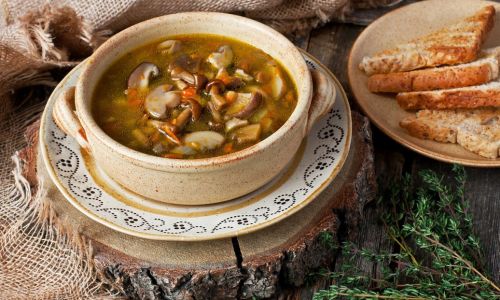
Beijing Cuisine: Imperial Echoes and Northern Flavors
While not part of the Eight Great Traditions, Beijing cuisine holds a revered place in China’s culinary hierarchy. Rooted in imperial history, it evolved from the kitchens of emperors, blending Mongolian, Manchu, and Han Chinese influences. Dishes like Peking duck—crispy-skinned and served with pancakes, hoisin sauce, and scallions—exemplify its opulence. Unlike the spice-driven Sichuan or delicate Jiangsu styles, Beijing cuisine emphasizes robust flavors, often using soy sauce, vinegar, and garlic. Stir-frying and braising are common techniques, as seen in zhajiangmian (noodles with fermented soybean paste). Despite its proximity to Shandong cuisine, Beijing’s imperial legacy and focus on hearty, communal dishes set it apart.
Shanghai Cuisine: The Sweet Sophistication of Huaiyang
Shanghai cuisine, often grouped under the broader Huaiyang tradition (one of the Eight Great Traditions), deserves separate attention. Emerging from the Yangtze River Delta, it prioritizes freshness, subtlety, and visual appeal. Dishes like xiaolongbao (soup dumplings) and songshu yuxiang (sweet and sour mandarin fish) showcase meticulous preparation. Unlike the bold flavors of Sichuan or the umami-rich Cantonese style, Shanghai cuisine uses sugar and wine to balance tastes, reflecting the region’s prosperity and cosmopolitanism. Its emphasis on seafood, tender meats, and delicate sauces marks it as distinct, even within the Huaiyang umbrella.
Northeastern Cuisine: Rustic Simplicity and Hearty Stews
China’s northeast, including provinces like Liaoning, Jilin, and Heilongjiang, boasts a cuisine shaped by harsh winters and nomadic traditions. Dishes like dijiudoufu (pork and fermented bean curd stew) and suancai (fermented cabbage) rely on preserved ingredients and slow cooking. Unlike the refined techniques of the Eight Great Traditions, northeastern cuisine embraces rusticity. Lürouguo (mutton hotpot) and jiaozi (dumplings) are staples, reflecting the region’s agricultural roots and historical ties to Manchuria. The use of corn, potatoes, and wheat—rather than rice—further differentiates it from southern styles.
Xinjiang Cuisine: The Silk Road’s Spice-Laden Legacy
Xinjiang, a melting pot of Uyghur, Han, and Central Asian cultures, offers a cuisine rich in lamb, spices, and bread. Dapanji (large plate chicken), a communal dish of spicy chicken with noodles, and roujiamo (Chinese-style hamburgers) exemplify its hearty nature. Unlike the Eight Great Traditions, Xinjiang cuisine relies heavily on cumin, coriander, and chili, with dishes often cooked in a kao rou (grill pit). The absence of rice and emphasis on mutton and dairy products reflect its nomadic heritage and proximity to the Silk Road.
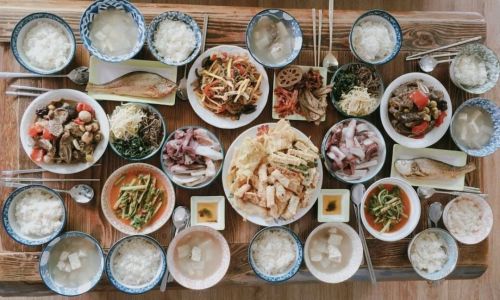
Yunnan Cuisine: Ethnic Diversity and Wild Ingredients
Yunnan, China’s southwest frontier, is a biodiversity hotspot reflected in its cuisine. With over 25 ethnic minorities, including the Dai and Yi, Yunnanese dishes incorporate wild mushrooms, flowers, and insects. Cross-bridge rice noodles and steam-pot chicken (cooked with medicinal herbs) highlight its focus on fresh, local ingredients. Unlike the Eight Great Traditions, Yunnan cuisine uses minimal oil and spices, prioritizing natural flavors. The region’s tropical climate and proximity to Southeast Asia also introduce lemongrass, cilantro, and fermented beans into its culinary DNA.
Hakka Cuisine: The Wandering Flavors of a Diaspora
The Hakka people, a subgroup of Han Chinese with a history of migration, developed a cuisine centered on preservation and simplicity. Meigan cai (preserved mustard greens) and yanpi (stuffed bean curd rolls) reflect their resourcefulness. Unlike the Eight Great Traditions, Hakka dishes often use salted meats and fermented ingredients, with techniques like dongpo rou (braised pork belly) adapted from local traditions. Their cuisine’s resilience—thriving in provinces like Guangdong, Fujian, and Taiwan—underscores its cultural significance beyond geographic boundaries.
Overseas Chinese Cuisines: Adaptations in the Diaspora
Chinese communities abroad have birthed hybrid cuisines that blend ancestral techniques with local ingredients. In Southeast Asia, Peranakan cuisine (Malaysia/Singapore) merges Chinese and Malay flavors, as seen in laksa and otak-otak. In America, General Tso’s chicken and chop suey emerged from Cantonese immigrants adapting to Western tastes. These cuisines, while rooted in China’s traditions, diverge significantly from the Eight Great Traditions due to their cross-cultural influences.
Fusion Cuisines: Modern Twists on Classics
Contemporary chefs are reimagining Chinese cuisine through fusion, blending techniques from Japan, Europe, and beyond. Dishes like sushi bao (steamed buns with sushi fillings) or black truffle mapo tofu challenge traditional boundaries. While the Eight Great Traditions prioritize authenticity, fusion cuisine embraces experimentation, appealing to global palates. This evolution highlights how Chinese gastronomy remains dynamic, even as it honors its past.
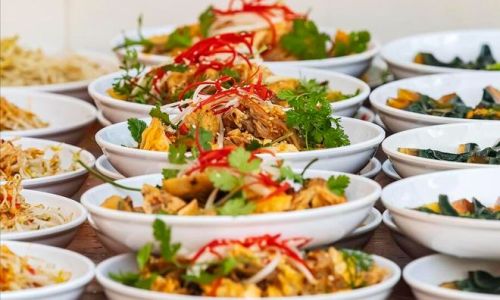
Tibetan Cuisine: High-Altitude Simplicity
Tibet’s cuisine, shaped by its harsh environment, revolves around barley, yak meat, and dairy. Tsampa (roasted barley flour) and momos (steamed dumplings) are staples, with butter tea providing essential calories. Unlike the Eight Great Traditions, Tibetan dishes use minimal spices and vegetables, prioritizing sustenance over complexity. The absence of stir-frying or braising—common in other regions—reflects the practicality of high-altitude cooking.
Hainan Cuisine: Tropical Freshness and Coastal Bounty
Hainan, China’s southernmost province, offers a cuisine influenced by its tropical climate and proximity to the South China Sea. Wenchang chicken (poached in broth) and heye (fresh coconut) highlight its focus on light, fresh flavors. Unlike the bold spices of Sichuan or the fermented notes of Hunan, Hainan cuisine uses lime, cilantro, and chili sparingly, emphasizing the natural taste of seafood and produce.
Cultural and Historical Context
The exclusion of these cuisines from the Eight Great Traditions often stems from historical and geographic factors. The Eight Great Traditions were formalized in the 20th century, prioritizing regions with long-standing culinary reputations and literary recognition. Provinces like Yunnan or Xinjiang, despite their rich histories, were marginalized due to their peripheral locations or later integration into imperial China. Similarly, diaspora cuisines emerged post-migration, lacking centuries-old documentation.
Moreover, the Eight Great Traditions reflect Han Chinese cultural dominance, often overlooking minority groups like the Uyghurs or Hakka. This oversight has sparked debates about inclusivity in culinary discourse, with advocates arguing for a broader definition of “Chinese cuisine” that acknowledges ethnic and regional diversity.
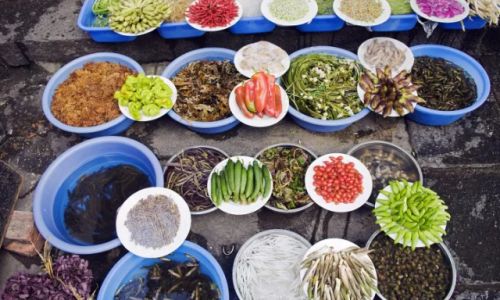
The Evolution of Chinese Gastronomy
China’s culinary landscape is far from static. Urbanization, globalization, and cultural exchange have blurred traditional boundaries, with chefs and home cooks alike experimenting with cross-regional and international flavors. While the Eight Great Traditions remain foundational, they no longer encapsulate the entirety of Chinese gastronomy. Modern diners increasingly seek out niche cuisines, from Xinjiang’s spiced lamb to Yunnan’s wild mushrooms, reflecting a growing appreciation for diversity.
Conclusion: A Culinary Mosaic Beyond Categories
The Eight Great Traditions serve as a valuable framework for understanding Chinese cuisine, but they are not exhaustive. Cuisines like Beijing’s imperial fare, Xinjiang’s Silk Road flavors, and overseas Chinese adaptations enrich the nation’s gastronomic tapestry, offering insights into history, geography, and culture. As China’s culinary scene continues to evolve, so too will its categorizations—perhaps one day expanding to include these vibrant, often-overlooked traditions. For now, they remain testaments to the endless creativity and adaptability of Chinese gastronomy, proving that the art of eating in China is as varied as its landscape.
In exploring these cuisines, we discover that Chinese food is not a monolith but a symphony of voices, each with its own story to tell. Whether simmered in a northeastern stew pot, grilled over Xinjiang’s open flames, or wrapped in a Shanghai dumpling, every dish carries the weight of history and the promise of innovation.


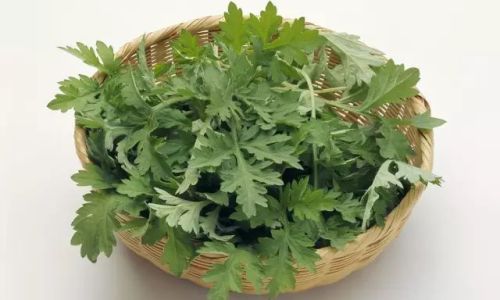
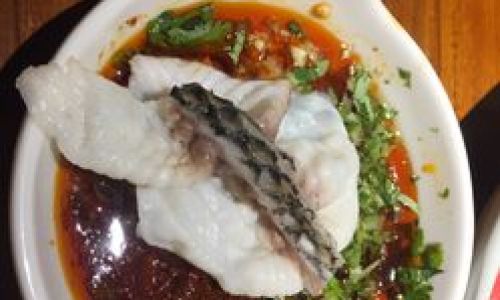
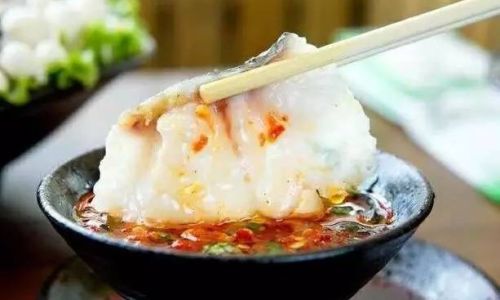
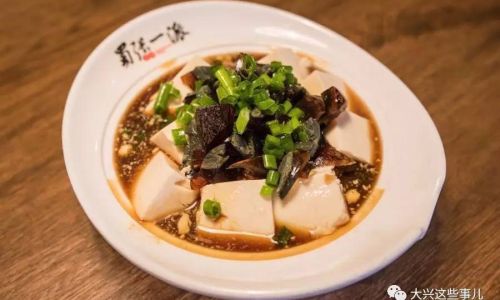
0 comments